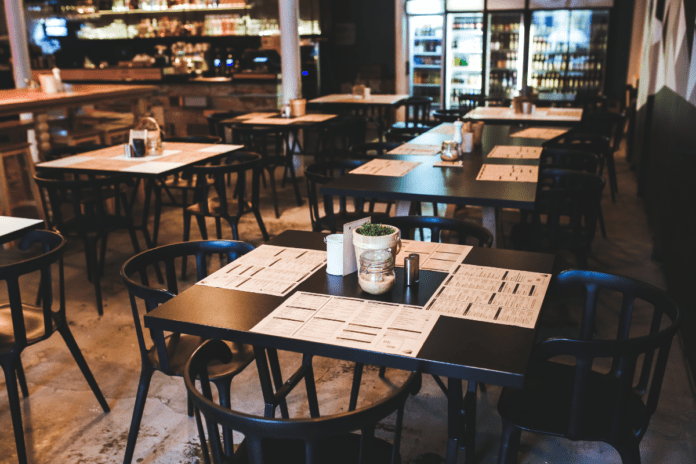As a busy restaurant owner, you know dealing with heaps of garbage comes with the territory. All those food scraps, packaging, and other trash can quickly pile up. This is where having the proper skip bins can be a total game changer.
With the right skip bin solution, you’ll be able to efficiently and affordably manage your restaurant’s waste. But with so many options out there, how do you select the skip bins Melbourne like Skip Bin Finder for your restaurant’s unique needs?
In this guide, we’ll walk through the key factors to consider when picking skip bins for your Melbourne restaurant. Let’s dive in.
Understanding Your Waste Profile
First things first – you need to objectively assess your restaurant’s waste situation. Determining your trash volume, types of waste generated, and storage considerations will guide you in narrowing down your skip bin options.
Take a look at how quickly your current bins fill up, and when you need them emptied. Are they overflowing daily? Twice a week? Do you produce more glass, paper, food waste, plastics or other materials? Is odour control a concern?
Also examine your outdoor space. Is there enough room for a large skip bin? Are there any access limitations for the bin to be serviced? This info will help match you to the ideal bins.
Popular Skip Bin Sizes
Skip bins come in a range of sizes to suit different business waste needs. The most common sizes are:
- 2 cubic yards – About the size of a dishwasher, good for small shops producing 1 bag of waste per day.
- 3 cubic yards – Equal to the trunk capacity of a sedan, suitable for cafes generating 1-2 bags daily.
- 4 cubic yards – Fitting a loveseat inside, good for many restaurants making up to 4 bags per day.
- 6 cubic yards – Takes a couch, ideal for restaurants with high volumes like 6-8 bags daily.
- 8+ cubic yards – Bigger than a phone booth, best for large restaurants generating 10+ bags per day.
Consider your average daily waste volumes to choose a bin size sufficient to avoid overflowing before service pickups. Bigger is better if you have room to prevent constant overfilling.
Key Skip Bin Material Types
Skip bins also come in different materials to suit your functional needs:
- Metal – Most durable and secure option, but pricier. Best for food/liquid waste.
- Plastic – Lighter and more affordable but less secure. Good for dry waste like paper.
- Wood – Medium security. Used primarily for recycling certain waste streams like construction debris.
Metal is ideal for most restaurants due to its secure containment and long lifespan. But plastic or wood may work if you produce minimal food waste and need a lower cost option.
Getting the Right Fit for Your Space
Another big factor is bin placement. Measure where you plan to store your skip bin outside to ensure adequate space. Standard sizes are 5ft x 5ft for 2-4 yard bins, and 6ft x 5ft for 6-8 yard skips. Consider any doors, gates, or corners the bin will need to fit through.
You’ll also need overhead clearance for the skip bin lids to open fully. And don’t forget to account for access by the garbage truck — they’ll need a clear path to service your bin.
If space is super tight, you can use mini skip bins, wheeled skips, or smaller front lift bins designed for compact areas. Just know smaller bins need emptying more frequently.
Key Features to Look For
Beyond size and materials, skip bins can offer added features for convenience and customized service. Look for bins with:
- Lockable lids – Prevents dumping, theft or contamination from the public. Essential security feature.
- Odour control – Anti-odor liners or deodorizing chemical treatment reduce smells from food waste.
- Wheels/casters – Makes bins easier to maneuver into optimal position.
- Level indicators – Special markers show when the bin is nearing full capacity so you know when to schedule service.
- Choice of colors – Pick a color that best blends in with your outdoor aesthetic.
- Clear signage – Have your company name/logo printed on the bin to prevent confusion over ownership.
Choosing the Right Provider
Once you’ve determined your ideal bin specifications, the next step is picking the right waste services provider. Look for companies that:
- Offer flexible service schedules (1-7 days/week) to match your volumes
- Have excellent customer service and rapid issue resolution
- Provide any needed training for your staff on bin operation
- Can deliver/remove bins using trucks suitable for your space
- Offer reasonable rates with no overage fees
Doing some quick research on reviews will help you identify the most reputable providers known for great service.
The Takeaway
Finding the perfect skip bins for your restaurant doesn’t have to be tricky, as long as you consider your waste profile, space limitations, and service frequency needs. Select bins in the appropriate size, material, and features to contain your garbage efficiently. Partner with a provider offering flexible service and fair rates. With the right waste solution in place, you can focus on your food and customers, not overflowing dumpsters. A quality skip bin makes it easy and affordable to keep your restaurant rubbish-free.








